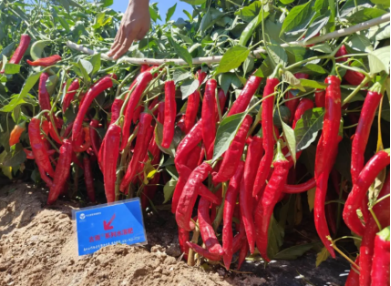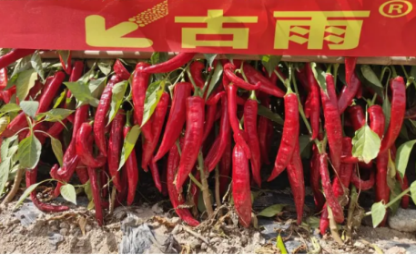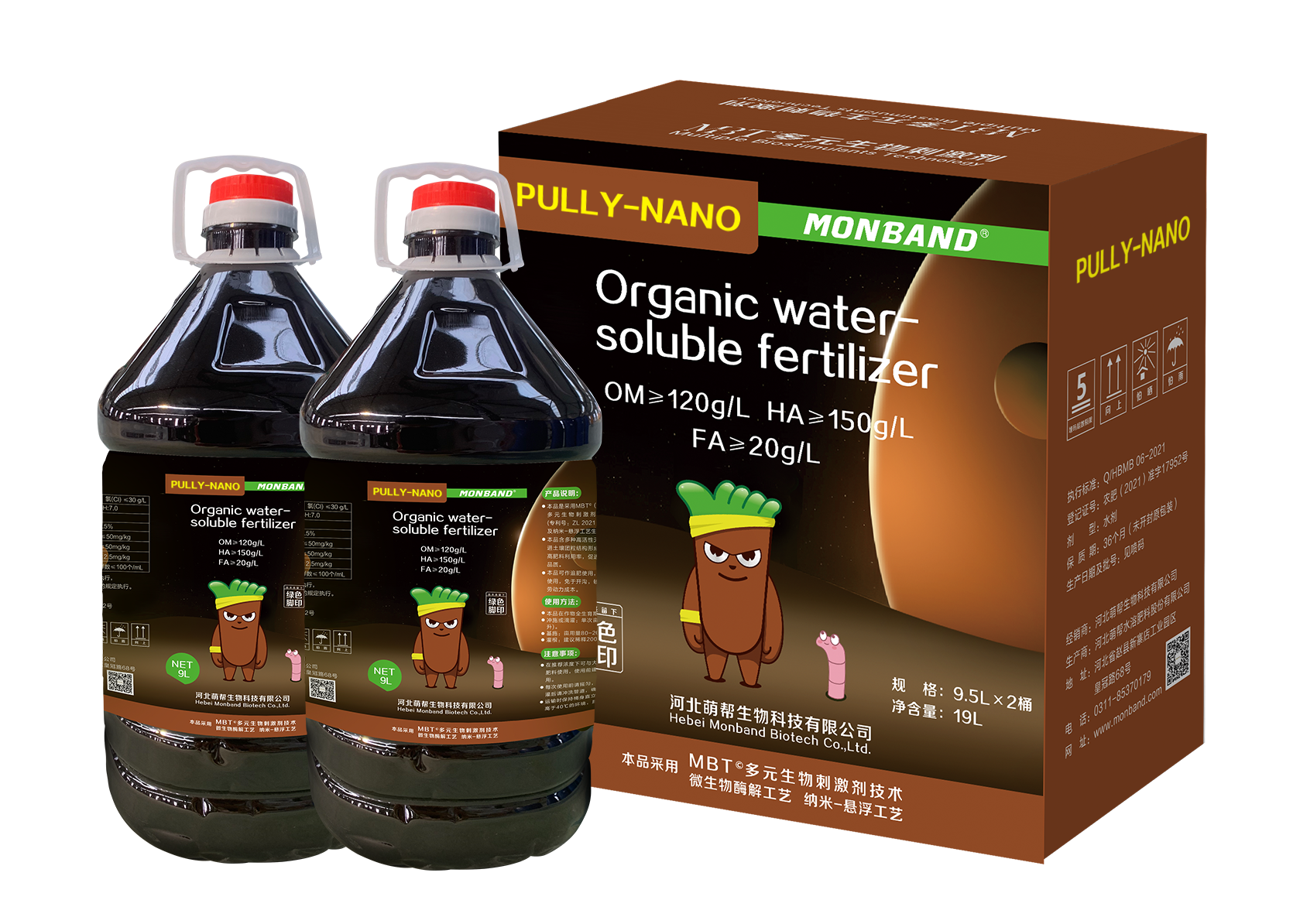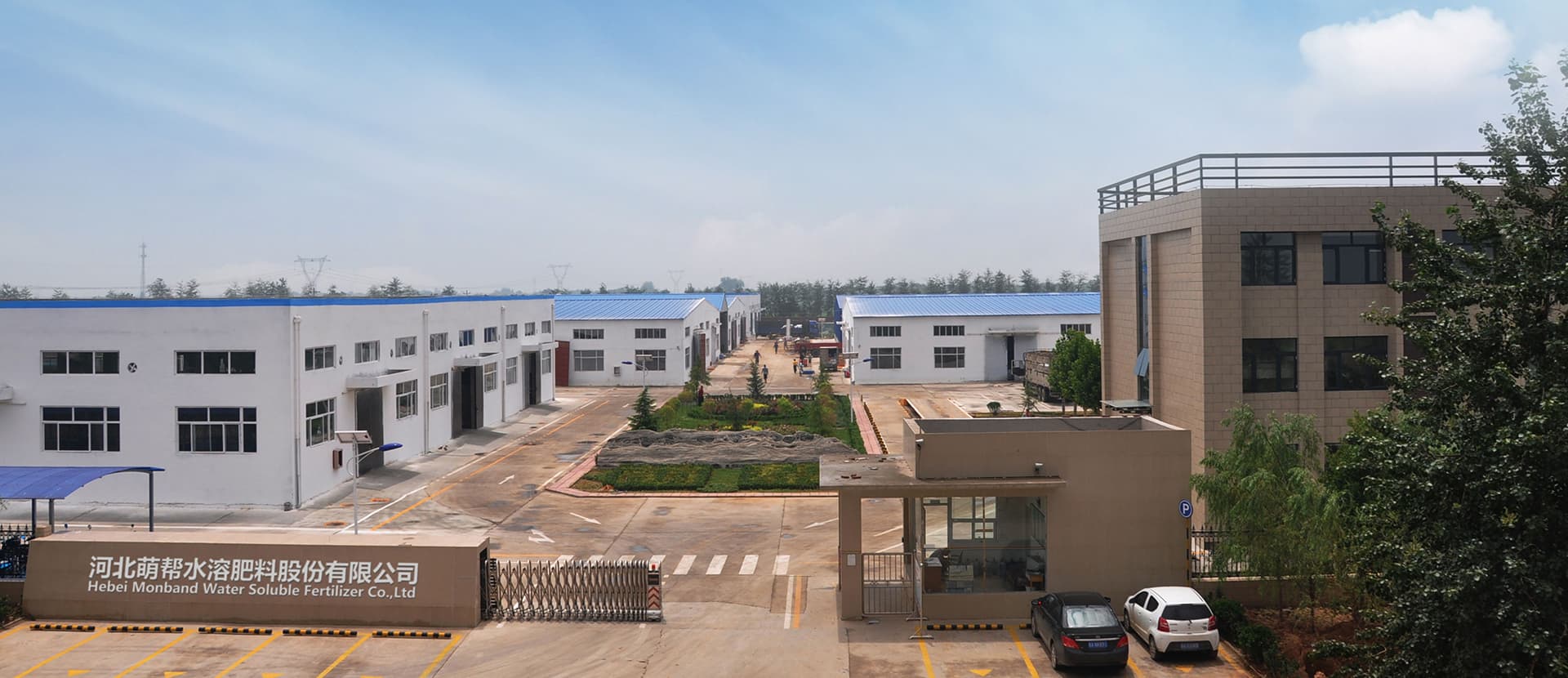Nutritional colour change management in chilli peppers
In the later stages of planting chillies, it is common to see poor colour turnout and poor colour turnout in the upper chillies. This can lead to low overall colour price of chilli and affect the quality of chilli. This in turn affects the profitability of chilli growers. The current focus is on chilli colour change. How should we promote the colour change of chilli?
1. The principle of colour transfer in chilli peppers
The transformation of chilli fruits from green to red is a very complex physiological transformation process. In fact, it is a process of decomposition of chlorophyll, which presents green colour, and increase of anthocyanin, which achieves red colour. Anthocyanins are synthesised at a certain level of ripening of the fruit, starting after the accumulation of intracellular sugars to a critical value. The initial substance is phenylalanine. Its conversion possesses a complex physiological process. It can be affected by a variety of factors. As long as we follow the principle of plant colour change and increase the anthocyanins in the plant, we can promote the colour change of chilli. Help chilli turn colour well and quickly. Eventually harvest high-quality chilli.

2. Factors affecting anthocyanin synthesis
①Moisture
High temperatures were frequent in July. Soil moisture is excessive. At this time we need to control the amount of water dripping in the field. Avoid excessive cellular absorption. Affect the concentration of soluble sugar as well as anthocyanin concentration.
② Root system
In July chillies are in a period of rapid fruit expansion. The requirements for the root system at this stage are relatively high. Poor root system, less hairy roots, untimely supply of nutrients, but also prone to early failure. All of these will have a negative impact on the expansion of fruit and colour change of chilli.
③Mineral nutrients
Mineral nutrients have a great influence on the colour change process of chillies. Excessive nitrogen fertiliser affects the decomposition of chlorophyll and the synthesis of anthocyanins. Potash fertiliser is an activator of enzymes in the process of sugar metabolism, which promotes the formation of sugar and promotes the transfer of nutrients from leaves to fruits. In addition to this, mineral elements such as phosphorus fertiliser, molybdenum fertiliser, magnesium fertiliser and iron fertiliser, all of which are involved in the anthocyanin synthesis process, are also essential.

3. Ways to promote colour change in chillies
①Watering and nitrogen controlz
During the colour change period of chilli, if it is not too dry, no more watering. This is conducive to promoting colour change.
②Supplementation of phosphorus and potassium fertiliser and trace elements
Phosphorus and potassium fertilizer and trace elements are vital to the process of colour change. We should be scientific and supplement them reasonably.
③Strengthen and protect roots
Root management should be timely. Delay the aging of the root system, promote the expansion of pepper, and steadily turn the colour.

MBT PULI-NANO (MBT SUS), applying MBT (Multiple Biostimulants Technology). The product is prepared by advanced microbial enzymatic technology (Patent No. ZL 2021 1 0495979.4 / ZL 2021 1 0497189.X) and nano-suspension process. Its pH is neutral. It contains a variety of highly active natural organic substances. For example, humic acid, xanthic acid, polysaccharides, amino acids (β-alanine, L-isoleucine, L-proline, glutamic acid, aminobenzoic acid, etc.) and a variety of microbial secretions, etc. MBT PULI-NANO (MBT SUS) is conducive to the rapid replenishment of soil organic nutrients. Promotes the formation of soil granular structure. Aids root growth. It lays the foundation for high crop yields and quality improvement.





 Learn more
Learn more
 冀公网安备13019902000986
冀公网安备13019902000986